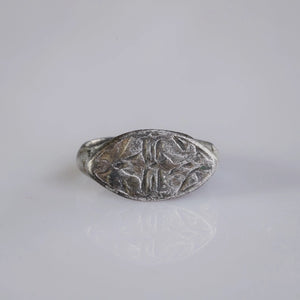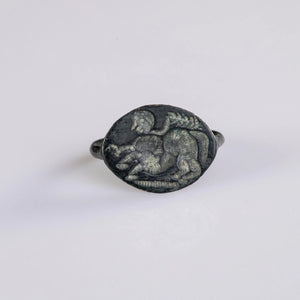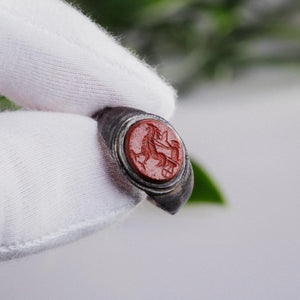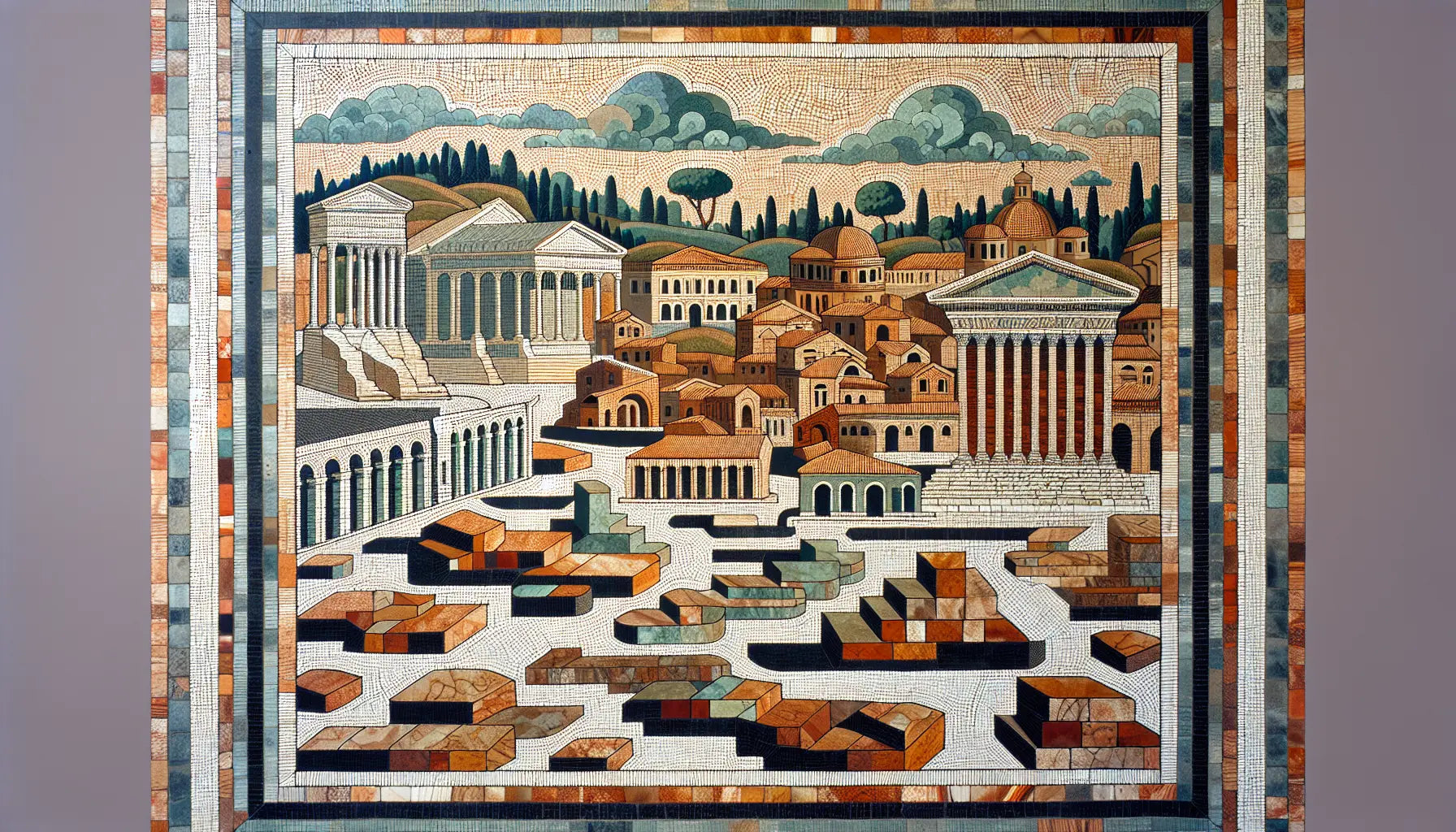Interesting facts
When you wander through the cobblestone streets of Rome, it's almost impossible not to stumble upon the timeless ruins of the Roman Forum and the Palatine Hill. These two ancient landmarks lie side by side, whispering stories from nearly three millennia ago. Yet, despite their close proximity, they tell very different tales – one of bustling public life and civic engagement, the other of aristocratic residence and mythic origins. Have you ever wondered what truly sets the Roman Forum apart from the Palatine Hill? Let’s take a closer look beneath the layers of history to understand their unique roles in the fabric of ancient Rome.
The Roman Forum: Hub of Public Life
The Roman Forum—known in Latin as the Forum Romanum—serves as the heartbeat of Rome’s public life during antiquity. Imagine a rectangular plaza, buzzing with the energy of citizens, politicians, and merchants. This was the epicenter where everything happened: political debates were fierce, criminal trials unfolded with dramatic intensity, and commercial transactions brought the city’s economy to life. In addition, religious ceremonies took place amidst the temples scattered around the space, adding a sacred aura to the civic hub. For an in-depth exploration, check out the detailed insights about the Roman Forum.
Walking through what remains of the Forum today, you can almost hear the vibrant chatter that must have filled the air. The paths you tread were once trodden by senators crafting laws, orators delivering speeches that might sway the fate of the Republic, and ordinary Romans negotiating deals. This was a place where justice was administered, alliances forged, and Rome’s power visibly asserted.
The Palatine Hill: Seat of Power and Myth
Right above and to the southeast of this lively arena sits the Palatine Hill—a place offering a starkly different atmosphere. Unlike the bustling Forum, the Palatine Hill was predominantly a residential area, home to Rome’s elite and aristocracy. It wasn't just any neighborhood, but rather a prestigious enclave where emperors and noble families built their palaces and villas, setting the stage for a life marked by privilege and influence.
But the Palatine Hill's importance stretches beyond mere habitation. It occupies a legendary place in Rome’s foundation myths. According to Roman mythology, this was the very ground where Romulus, the city's founder, established Rome after famously encountering his brother Remus. This mythic dimension transformed the Palatine from a simple hill into a symbol of origin and identity, a place imbued with stories that would resonate throughout Roman culture and identity.
Contrasting Roles in Roman Society
Geographically close, these two sites serve as a mirror reflecting different facets of ancient Roman society. The Forum is the open, democratic heart where the collective pulse of the city beat through political and social interaction. In contrast, the Palatine Hill represents exclusivity and power—a more private sphere where the city's leadership resided and where Rome’s story began.
Understanding the distinct functions of these sites also means appreciating their physical relationship. The Roman Forum coursed along the valley between prominent hills—the Palatine to the southeast and the Capitoline to the northwest—making it a natural gathering place nestled amidst Rome's topography. The proximity of the Palatine endowed those who lived there with not just a place of residence but a vantage point over the city's hub, quite literally overseeing the hubbub below. You might find it fascinating to explore the must-see sites within the Roman Forum.
Stones That Speak of the Past
As you stand amid the ruins, the difference in atmosphere is palpable. The Forum’s remains—arches, columns, and foundations—evoke a city in constant movement, a stage for public affairs and religious rites. Meanwhile, the Palatine Hill’s terraces and the remnants of imperial palaces whisper tales of luxury, family, and legendary beginnings.
Consider the daily life in ancient Rome: the common citizen, perhaps a merchant or artisan, would frequent the Forum to attend trials, listen to political speeches, or shop for goods. The Forum was, in many ways, their stage and marketplace. Conversely, the senators, emperors, and patrician families came to the Palatine Hill for residence and seclusion. It was a stronghold of power and tradition, reinforcing class distinctions within the city's fabric.
If you imagine ancient Rome as a great living organism, the Roman Forum would be its beating heart—pumping the lifeblood of politics and social exchange—while the Palatine Hill would stand as the brain’s seat of memory and authority, where decisions were made and lineage honored. Both indispensable, yet each distinct.
A Historical Treasure Trove
Interestingly, the Palatine Hill is also an archaeological treasure trove that continues to provide insights into Rome’s earliest phases. Excavations there have uncovered homes dating back to the Iron Age, illuminating how the area evolved from simple settlements into grandeur palatial estates. This contrasts with the Forum, which grew more political and monumental over centuries, reflecting the city's expansion and complexity.
The dynamic between the two sites parallels the relationship between public and private spheres—a concept still relevant today. The Forum represents transparency and civic life, where public matters unfold and citizens engage with governance. On the other hand, the Palatine Hill symbolizes the private domain of power and origin, underlining how authority and heritage reside often in exclusive spaces.
Complementary Narratives
In essence, the Roman Forum and Palatine Hill together offer complementary perspectives. The Forum shows us how ancient Romans engaged with each other publicly, shaping laws, worship, and commerce. The Palatine Hill reveals how power, myth, and residence intertwine, providing context for who governed the city and why their position mattered.
As an interesting side note, modern reconstructions, maps, and digital tools continue to bring these ancient places to life, helping us imagine the sounds and sights that filled them centuries ago. For anyone passionate about history or human stories, exploring the contrasting yet intertwined worlds of the Roman Forum and Palatine Hill is a journey worth taking. In fact, if you're looking to own a piece of history, consider exploring the collection at auroraantiqua.store, where treasures echoing the rich heritage of these iconic locations can be found.

How did the Roman Forum and Palatine Hill influence each other?
The Roman Forum and Palatine Hill, while serving different purposes, were intricately connected, each influencing the development and importance of the other. The Forum represented the heart of public life, a bustling center for commerce, politics, and religion. Its location, nestled between the Palatine and Capitoline Hills, meant that the political and social activities there were literally overlooked by the residences of Rome's elite on the Palatine Hill. This proximity allowed the aristocracy not only to influence but also to directly observe the public proceedings and happenings within the Forum. Conversely, as the Palatine Hill's residences held the powerful and affluent, decisions made there would heavily impact the governance and religious practices conducted within the Forum, further intertwining the destinies of both pivotal areas in Roman society.
The Significance for Modern Visitors
Whether you stand beneath the crumbling arches of the Forum or wander the shaded groves of the Palatine, you’re walking through chapters of a story that continues to unfold in our curiosity and imagination. These sites teach us that history, culture, and identity are woven deeply into the places we call home—then and now.
The 'Diana' - Roman Silver Intaglio Ring (1st-3rd BCE/CE) offers a unique opportunity to connect with this rich heritage. It's like holding a fragment of the past, allowing you to wear history with pride and meaning. Consider adding such a piece to your collection to carry a tangible piece of Rome's legacy with you. You can discover this and more like it at auroraantiqua.store.
What was the primary purpose of the Roman Forum?
The Roman Forum served as the epicenter of public life in ancient Rome, hosting political debates, commercial activities, religious ceremonies, and judicial processes.
Why is the Palatine Hill significant in Roman mythology?
The Palatine Hill is legendary in Roman mythology as the birthplace where Romulus founded Rome after his encounter with Remus, embodying Rome's origins and identity.
How can I experience the Roman legacy today?
To experience the Roman legacy firsthand, consider wearing artifacts like the 'Diana' - Roman Silver Intaglio Ring from auroraantiqua.store, connecting you with history.




